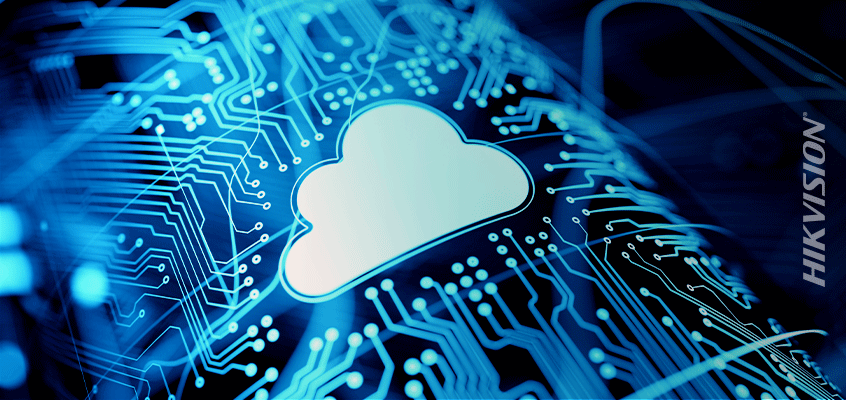Préoccupations en matière de sécurité et risques de piratage sur les appareils IdO et IP.
Hikvision aborde les cybermenaces et les risques liés à l’Ido, et parle du rôle des fabricants de caméras dans la lutte contre le piratage
Dans l’article « Why Today’s Cyber Risk Is Greater Than Your Customers Think » (Le cyberrisque est plus important que vos clients ne le pensent), Security Sales & Integration (SSI) détaille les problèmes de sécurité touchant les appareils IdO et IP, et les risques de piratage par des agents malintentionnés.
D’après l’article : « Les outils de piratage informatique actuels (qu’ils soient éthiques ou non) ont une très grande longueur d’avance sur les mesures défensives. N’importe qui peut facilement accéder à des sites Web où les utilisateurs auraient déjà fait la plupart des recherches sur les attaques; ces sites peuvent servir de ressources pour un pirate en herbe. Il est possible de rechercher une cible par son nom, de trouver son emplacement et ses fournisseurs d’accès Internet, et, éventuellement, de trouver sans trop d’efforts une liste de matériel laissé sans défense et accessible par Internet. Certains sites de pirates vont même jusqu’à avoir un lien vers les guides de programmation et d’utilisation pour tout équipement qu’ils jugent vulnérable. Il n’est peut-être même pas nécessaire de se rendre sur place et d’infiltrer physiquement le réseau pour y accéder. »
L’auteur a recommandé que les organisations préparent une évaluation de la menace pour les entreprises des clients.
Cliquez sur ce lien pour lire l’article complet (en anglais).
Chuck Davis, directeur de la cybersécurité à Hikvision, a écrit plusieurs billets de blogue sur l’IdO et les cybermenaces, ainsi que sur le rôle des fabricants de caméras dans la lutte contre le piratage. Dans un billet de blogue sur une entrevue avec le magazine Campus Safety sur la protection d’appareils IdO, il a déclaré :
« Les systèmes de vidéosurveillance, comme tous les systèmes qui font partie de l’Internet des objets (IdO), sont en fait des ordinateurs. Nous avons donc tendance à oublier que tous ces appareils que nous connectons à nos réseaux IP, qui ajoutent toutes ces fonctionnalités de surveillance ou de contrôle à distance, sont en fait des ordinateurs. Ils ont des systèmes d’exploitation et ils auront des vulnérabilités. Donc, si nous ne faisons pas preuve de diligence raisonnable et ne protégeons pas ces appareils et n’appliquons pas vraiment les pratiques exemplaires de cybersécurité, nous les exposons à des attaques. C’est par cette manière qu’une organisation ou un campus est attaqué par l’intermédiaire d’Internet. »

